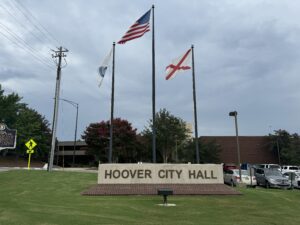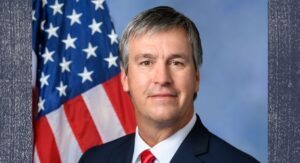Will Sellers: What’s in a name?
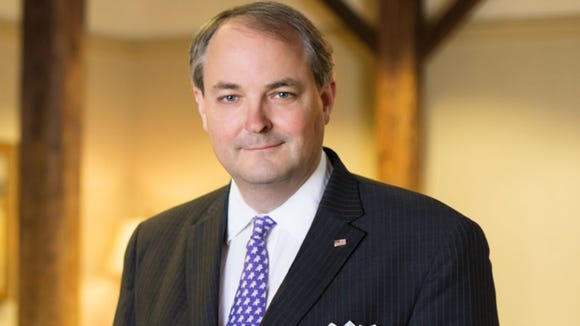
There has been much debate lately about how we name public buildings and whether we should remove some names because of long-ago actions that no longer conform to contemporary societal practices. Public buildings are always tricky to name, as evidenced by the fact that just a couple of years ago, the University of Alabama Law School was named after Hugh Culverhouse, Jr. in acknowledgment of a very generous donation. However, Culverhouse’s donation was later returned, and his name was chiseled from the law school’s facade. At Alabama State University many years ago, in-fighting and disputes among the trustees resulted in the Joe L. Reed Acadome being renamed. Scandals and criminal convictions have caused other public facilities to suffer the same fate. A variety of buildings once named after Healthsouth founder Richard Scrushy no longer sport his name. Similarly, there is no longer an Enron Field; ditto the MCI Worldcom Center. So, before we take further action to name or rename any public buildings, I would like to suggest a new criterion that should be used in the future. It is always complicated to name something after a person who is still alive because the curriculum vitae is not complete. As long as someone is alive, there is more than adequate opportunity for them to act inappropriately, commit wrongdoing, or be revealed to possess feet made of clay rather than marble. I order to ensure that a facility named in someone’s honor avoids becoming an embarrassment to the institution – a retreat as opposed to advancement – perhaps a good rule would be to wait until they have been dead for at least five years. That way, their entire record is complete, most statutes of limitations have expired, and their legacy should be secure. Of course, one problem with this proposal is that living people tend to contribute more when they are alive and are attempting to establish a lasting legacy that, along with a satiated ego, only their name on a building will suffice. Heirs tend to prefer to experience a legacy more in selfish monetary terms; naming opportunities thus abound for the living. So, while donations might decrease, naming a building or whatever after someone who is deceased seems like a safe bet. . .or at least it used to. I say “seems” because now we are in a local and nationwide frenzy to fully explore the lives of people for whom structures have long ago been named. And in doing this, any improper conduct is scrutinized based on our current understanding of what should have been acceptable, polite behavior during the life of the honoree. Perhaps we are finally embracing Shakespeare’s observation that “the evil men do lives after them, but the good is oft interred in their bones.” No one can argue that commemorating someone who supported a criminal enterprise is acceptable. Not many cities have an Al Capone Avenue or a Benito Mussolini Drive. Open, obvious, and socially unacceptable behavior, no matter how sizable the donation or political influence at the time, can never reach the level of deserving commemoration. But we must be very careful because the finer the tooth on the comb and the higher the magnification of the glass provides details and information that might be better left undiscovered. In fact, few people look saintly when every nook and cranny of their life is fully examined. Several times a year, a new book comes out revealing that a well-known figure was a member of a socially unacceptable movement. Families under the yoke of an authoritarian government are shocked to discover an informer in their midst, a closeted Nazi or mafia hitman. Years ago, France was so stunned that a documentary revealed more collaborators than resistance fighters that it was banned from television because it “destroys myths that the people of France still need.” And who can forget when decades after World War II ended, United Nations General Secretary Kurt Waldheim was exposed as a Nazi intelligence officer? Others have discovered past family connections to organized crime. DNA testing often confirms embarrassing assignations. But in discovering a not so auspicious past, few communities completely jettison a native son, and families still embrace wayward kin. Most simply use the exposure to show the failed humanity that affects all of us. I once heard a businessman on a panel about ethics comment that “there is a little larceny in all of us.” In saying so, he was not refusing to condemn bad behavior but was pointing out the permanence of original sin. Thornton Wilder penned the famous quote: “There is so much good in the worst of us, and so much bad in the best of us, that it behooves all of us not to talk about the rest of us,” which is probably a good thing to remember when we critique others. I don’t know anyone who likes seeing their face in a mirror with magnification! The lives of humans are complicated, complex, and contradictory. Many seemingly mainstream people can have odd ideas about the world. In hindsight, old fads look sinister; the basis of past popular culture rarely survives contemporary scrutiny. Political correctness changes with the wind and whims. A thorough background check unearths activities that are at the same time sublime, ridiculous, and embarrassing. So, if we are going to name public buildings after people, we should be very careful not only in who we choose to honor but how we choose to judge them. We must also make certain that judging ourselves by the same standards does not reveal more than a measure of hypocrisy, sanctimony, and pretense. Rather than naming buildings after people, whether they are dead or alive, I have a much better idea. Perhaps we could name our edifices, parks, and public squares after non-violent animals, flowers, and friendly fruits and vegetables. The Alabama State
Daniel Sutter: The games donors and universities play
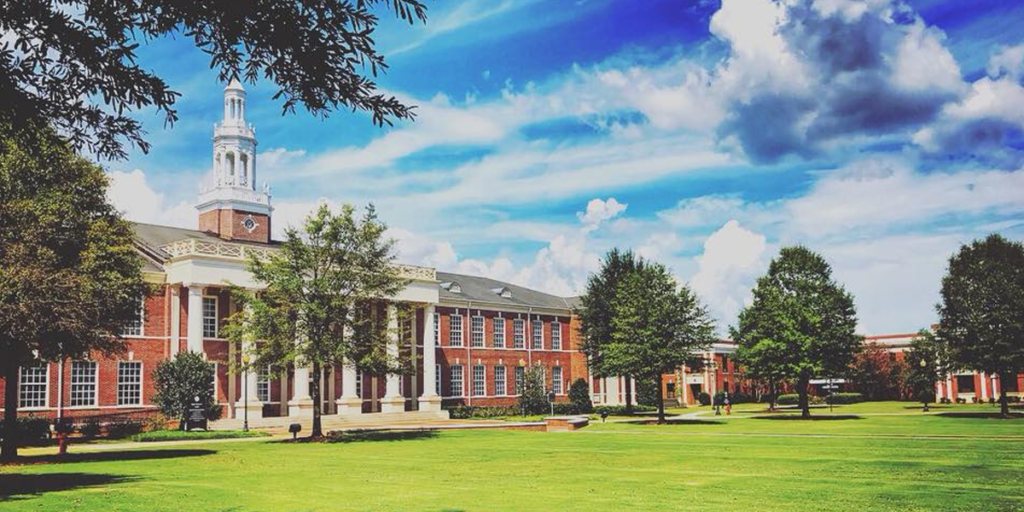
Controversies over gifts at two SEC schools, Alabama and Missouri, have recently attracted attention. The cases highlight the tension between donor goals and university administration and relate, I think, to conservatives’ increasingly dim view of higher education. Let’s consider the Alabama case first. In June, the trustees returned the largest single gift in school history, $26 million from Hugh Culverhouse Jr. (only $21 million had then been received). Mr. Culverhouse was the school’s largest donor; the business school is named for his late father, the long-time Tampa Bay Buccaneers owner, Alabama grad, and large donor. Alabama named the law school for Mr. Culverhouse. The return occurred after Mr. Culverhouse called for an out-of-state student boycott over Alabama’s new abortion law, but was apparently due to attempts to influence law school operations, allegedly including student admissions and faculty hiring. According to emails, Mr. Culverhouse may have had good intentions. He was unhappy with the quality of candidates for a constitutional law professorship and perhaps hoped that his gift could enable a hire to boost the law school’s national profile. The resolution here seems quite honorable; if you discover that you and your partners have irreconcilable expectations, you should shake hands and part ways. The Missouri case starts in 2002 with a $5 million gift from the estate of Sherlock Hibbs to fund professorships in Austrian economics. Instead Missouri funded positions for business professors with research unconnected to Austrian economics. This is where things get fascinating. Mr. Hibbs’ will included a provision that if the money were not used to hire Austrian economists, the gift would go to Hillsdale College instead. (Note to interested donors: Troy University has a strong program in Austrian economics!) Hillsdale recently sued to force the transfer, generating publicity. Missouri produced statements signed by the professors attesting that they are adherents of Austrian economics. Donors have long accused universities of using gifts to hire conservative and free-market professors for other purposes. I think this is related to the partisan decline in confidence in higher education. A 2019 Pew Center study found that 59 percent of Republicans held a negative view of higher education versus 33 percent positive, compared with 67 percent positive and 18 percent negative among Democrats. In 2015, 54 percent of Republicans viewed higher ed positively, versus 37 percent negatively. I do not believe that ignoring conservative donor intent caused this attitude shift. It likely reflects broader social forces and our general political polarization. Using gifts from conservatives to further liberal goals enables such an attitude change. What limits should be placed on gifts, or what kinds of influence should donors be able to buy? The recent college admissions scandal, with parents paying to get their children in some of our nation’s most prestigious universities, highlights these questions. (For full disclosure, the Johnson Center at Troy is supported by donors.) Professors, myself included, typically insist that admissions, curriculum, and hiring decisions be ours alone, and for good reason. We are the experts and know the most about judging faculty qualifications or different approaches in our fields. Being hired and tenured provides us specific responsibility for these decisions. State universities largely governed by faculty will better spend our tax dollars. The decision-making authority for universities though lies with the trustees or regents, as delegated to presidents or chancellors. And state universities ultimately belong to the taxpayers. Limiting faculty government is wise as professors’ views are at least somewhat biased by self-interest, and we have difficulty recognizing when we are clinging to unreasonable positions. Furthermore, our jobs provide us relatively little feedback about the contribution of our teaching and research to society. Reasonable people can disagree about the proper extent of donor influence. But accepting money under false pretenses is not right. In a perfect world, only the offenders’ names would be sullied; in our world, reputations are collective. Trampling donor intent damages the standing of higher education. Daniel Sutter is the Charles G. Koch Professor of Economics with the Manuel H. Johnson Center for Political Economy at Troy University and host of Econversations on TrojanVision. The opinions expressed in this column are the author’s and do not necessarily reflect the views of Troy University.
Hugh Culverhouse donates $250,000 to planned parenthood clinic
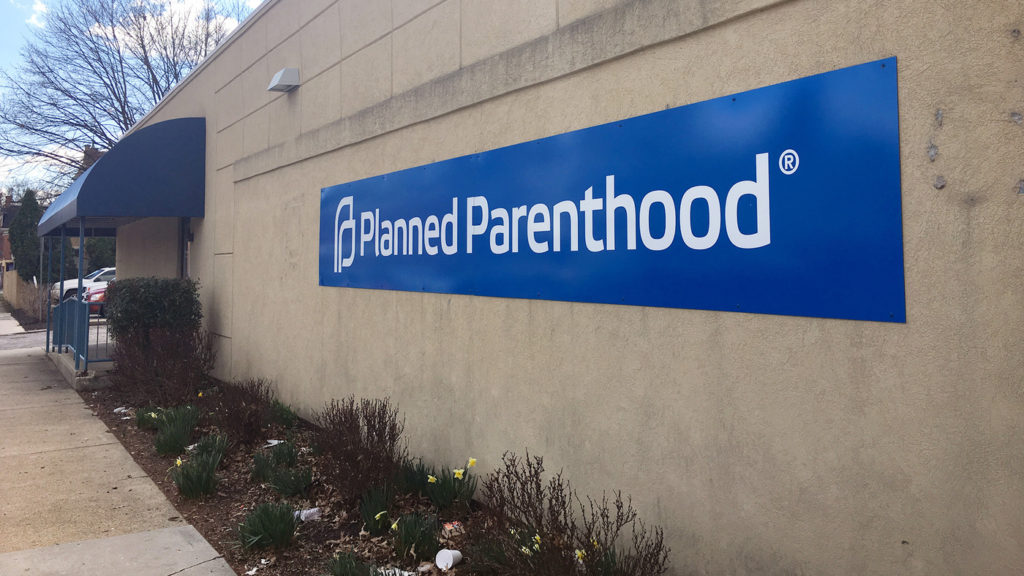
Planned Parenthood has received a $250,000 donation for its new Birmingham clinic from a critic of Alabama’s attempt to ban abortion. Planned Parenthood Southeast said Thursday that Hugh Culverhouse donated the large sum to support the relocation of its Birmingham location. Planned Parenthood is building a 10,000-square foot (929-square-meter) health clinic. Culverhouse said he has long supported Planned Parenthood and opposes a new Alabama law that seeks to ban abortion. Culverhouse recently ended a feud with the University of Alabama. Culverhouse had once called for a boycott over the abortion ban, but the university indicated their relationship had soured for other reasons. In a joint statement, the university and Culverhouse has said they had different views on the law school’s future. The university returned a $21.5 million donation from Culverhouse. Republished with the permission of the Associated Press.

